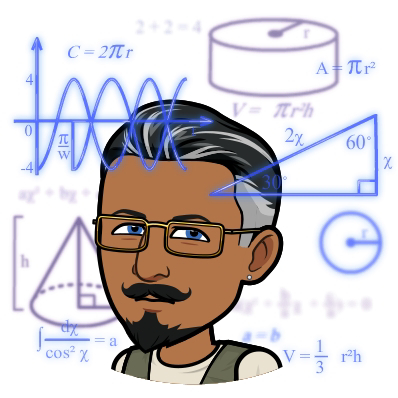Enzymes are biological catalysts that play a critical role in facilitating biochemical reactions within living organisms. Enzymes can be classified in various ways based on their structure, function, and other properties. Here's a classification of enzymes based on their functional characteristics: **1. Oxidoreductases:** - Catalyze oxidation-reduction reactions by transferring electrons between molecules. - Example: Dehydrogenases, oxidases, peroxidases. **2. Transferases:** - Transfer functional groups (e.g., methyl, phosphate, amino) from one molecule to another. - Example: Kinases, transaminases, methyltransferases. **3. Hydrolases:** - Catalyze hydrolysis reactions, breaking down molecules with the addition of water. - Example: Lipases, proteases, nucleases. **4. Lyases:** - Catalyze addition or removal of groups from a molecule without hydrolysis. - Example: Decarboxylases, synthases. **5. Isomerases:** - Catalyze the rearrangement of atoms within a molecule to fo...











